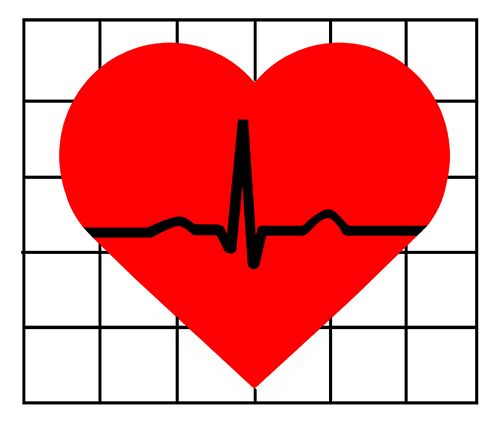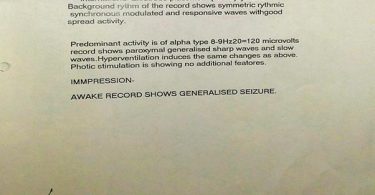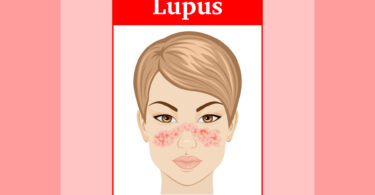Reprinted courtesy Dr. Paul K. Branch from his website: http://www.homeopathicdoc.com/
The treatment of heart pathologies with classical homeopathy in many instances is not difficult. A case I had a few months ago, which I took in an hour and half (half my usual time), illustrates my point.
It was a case of 16 year old girl who presented to me with a two-year history of what was diagnosed as “SVT” or “supraventricular tachycardia.” She was athletic, engaging in weightlifting, cheerleading, and various other sports, yet was often held back by her heart. She would be engaged in an activity, when suddenly her heart would take off, beating so fast as to be a blur. She would get dizzy, short of breath, and feel like she was going to collapse. During the initial year or so that she had this, she had many appointments with cardiologists. She had EKGs, wore heart monitors, and had a complete work-up every year to the tune of $5000. The cardiologists discussed ablation (destruction by electrical burning) of the tissue responsible for the erratic activity, yet there were two possible locations, and they couldn’t risk choosing the wrong one.
Just how dangerous the condition could potentially be was not initially apparent. That she lived through a couple years of this suggested it was not going to end her life, in spite of what it might feel like. Nevertheless, it severely restricted her activity, and kept her in a state of anxiety during cheerleading routines where she could put her team at risk.
Listen to her talk about it:
“I feel like if I didn’t have it I would have twice as much energy, as in powerful, I could run longer, lift, be more energetic. When I get it, I have to stop, have to sit down.
It’s just frustrating when I’m cheering if I get them, half way I won’t be able to tumble, because I don’t have enough energy. It like swipes my energy. I don’t always get it when I’m working out, sometimes watching TV and I’ll get it. Sometimes they will last 10 hours and sometimes 10 seconds. When I get it it’s hard to breathe. I get really really dizzy. I stand up and black out for a second….I lose all my energy and strength.”
A diagnosis may seem straightforward, but a diagnosis is a superficial understanding until we know what the disease is doing. To really understand what a physical illness is doing, is to have within your grasp the tools to cure it.
What is her illness, this erratically beating heart, doing? She tells us: it is swiping her energy, her strength. But there is still more. Listen to how she compensates for this problem:
It takes all the strength I have to keep going. If I’m at my [competition] I can’t just stop. I have to keep going. At that time… everything is harder. I did train while having heart problems, my body does build up to it. I need to be able to train my body to keep going. I have to build myself up almost. If I have heart problems I have to push myself the most, until I can’t even go any further. I try to as far as I can.
Just feel the sense of “great effort” in her words. I have to keep going, she says. Deep within her disease is an idea of an almost superhuman strength. What made her case relatively simple is how directly and consciously she speaks of her inner state–a luxury for the homeopath. Now read notes on the remedy I gave her, which I take from the homeopathic materia medica:
Sustains the strength.
Desire for physical exertion.
Increases the bodily activity.
The effects of small doses seems to be to resist fatigue, which I frequently noticed in long walks.
[When ingesting it] they (the Peruvians) can make rapid journeys, without suffering in their respiration, and can take unremitting exercise without being worn out by fatigue.
Soon after [ingesting the substance] a sensible augmentation of force and a general feeling of invigoration were realized, and continued to be felt throughout the game, so that fatigue was wholly, or in great part resisted.
Can you recognize the relationship here? Remember “like cures like,” (read into the category “Alternative Medicine Basics” or “Homeopathy info” if you are new to this blog) so the inner nature of the substance must mirror the inner state of the patient. This law may be a bit confusing here, because all substances have a dual action. Under the notes on this same substance you find the following:
General feebleness.
It produces, in large quantities, lassitude and drowsiness.
Working in the playing field of this dual action, in this instance “great strength” and its opposite “feebleness,” is one of the homeopath’s tasks. As an aside, note that “dual action” has a lot to do with what conventional doctors call “side effects.” In this case, however, the dual action exists within the patient. That is, this patient expressed both sides of the dual action, both the sense of strength and the feebleness. If the dual action of a drug does not match the patient, side effects become a real possibility. If you think deeply into this, you will come to understand why medicine, from one point of view, comes down to exactness of prescription.
So the remedy I gave her was the plant Erythroxylon coca diluted in homeopathic (low, 30c) potency, the leaves of which the Peruvians chew to sustain hard labor and exertion at high altitudes.
This has been a few months now, but it has essentially cured her condition. She has had two doses, and since the first her heart has had minimal erratic activity. Competitions, where she used to have the most trouble, have gone fine. Her days of visiting the cardiologist should be over.





Thank you for this case Dr. Branch. I dread to think what would have happened to that patient had she been in the hands of the allopaths. Well done!